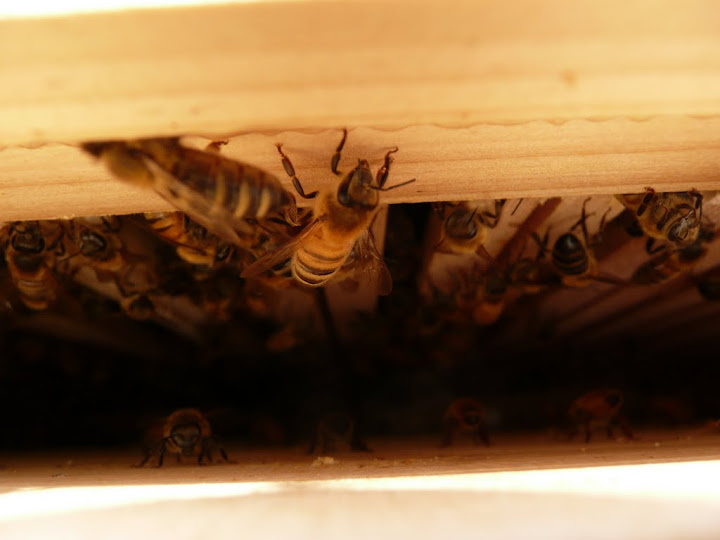- Joined
- May 3, 2010
- Messages
- 315
- Reaction score
- 3
- Location
- W Sussex, UK
- Hive Type
- National
- Number of Hives
- Some hives and a few nucs
I have set up a beecam for my hives using a cheap camera off amazon and connected to TV with 50 metre RCA Video/Audio CCTV Cable. The 12v AC/DC power supply that came with the camera makes the picture all wavey, another I found at home produces scrolling lines and another gives a great picture but is not powerful enough to power down the length of the wire. Seems to me the quality of the adaptor used is crucial. Any one have experience of a good quality ac/dc adaptor that does not interfere with video signal? Of interest, I can see a mouse scampering about under the hives in infrared mode - thank goodness for the mouse guards!


















































